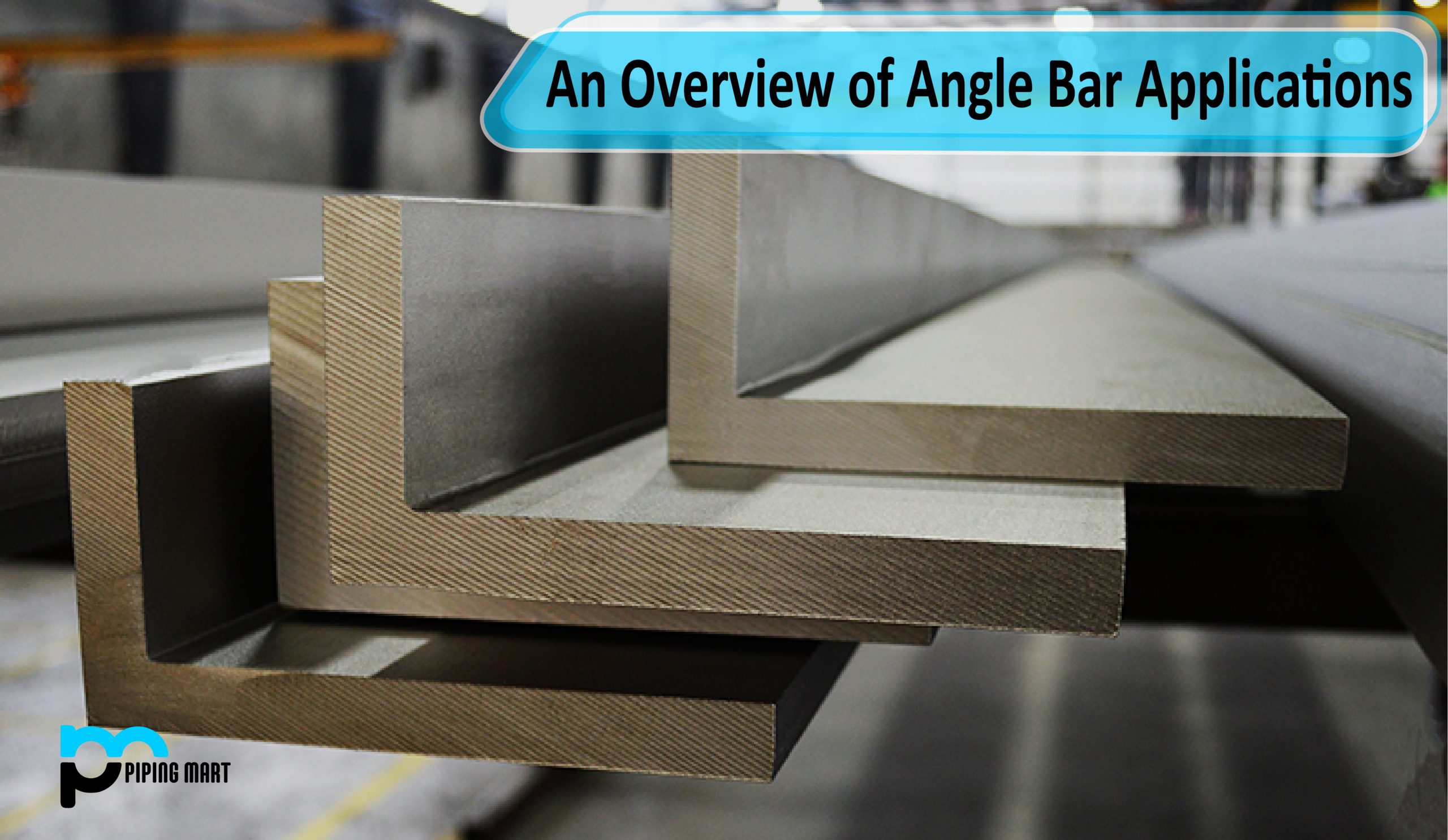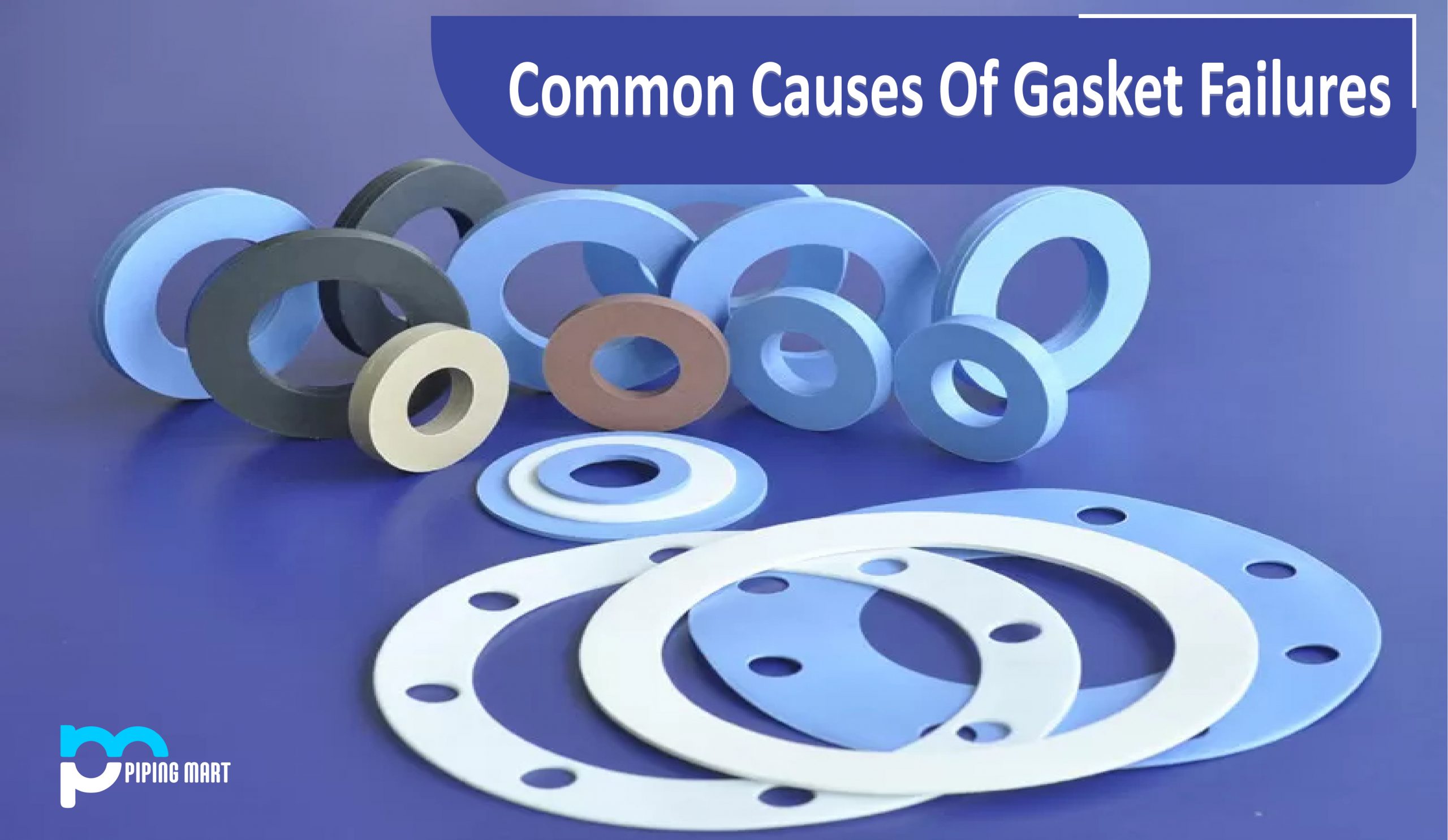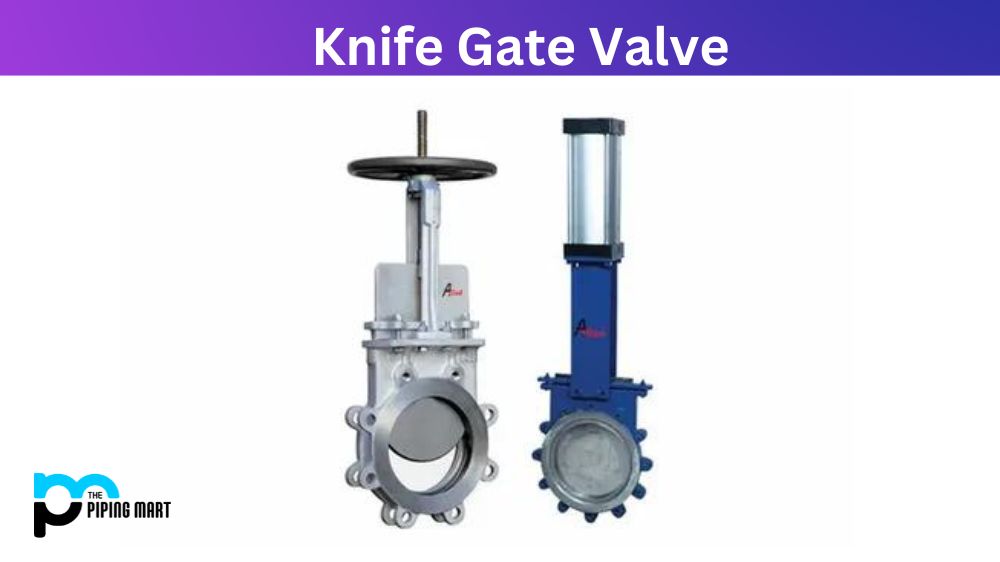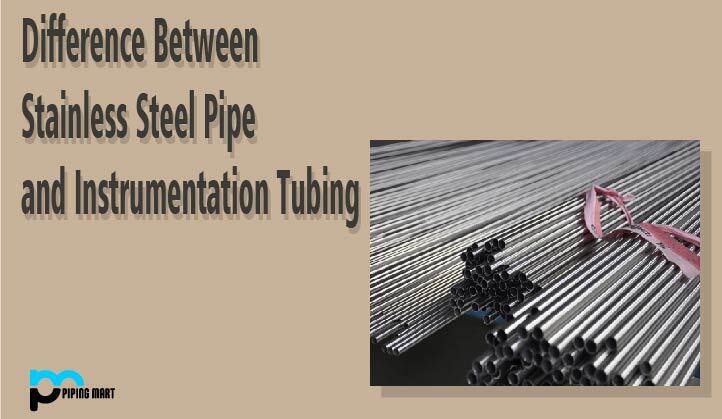An angle bar has two other names with which it can be referred- an angle iron, or an L- bracket. Right angle in shape, it is a finished metal part. It has perpendicular legs which can either be equal, or unequal in length. The manufacturing process of an angle bar includes hot rolling carbon steel or a high-strength, low alloy steel which has properties of high ductility and machinability. Angle bars have many applications because it is very versatile product.
They are stable and durable after they have been assembled with other structural products. It has low deformation resistance because of the hot rolling process performed on it. Because of this process, internal stresses are also relieved in their metallurgical structuring. This makes them usable for many purposes.
The extra strength and steadiness provided by angle bars are beneficial to the kind of structure.
5 uses of Angle Bars
Bridges: Mainly there are three major sections of a bridge- the foundation, the structure, and the superstructure. All three of them work together to support the complete construction and distribute weight equally, which allows cars and other vehicles to pass on the bridge deck. In all these three sections, angle bars are present. They are supported by other kinds of metal products. For example, there are sheet piles in the foundation of the bridge, which are supported by angle bars. This provides them with more grounding and load capacity. In the substructures, angle bars offer extra wall retention capabilities for the vertical supports. Angle bars can carry most of the deck structure, where metal connectors, nuts and bolts and girders or beams are present. When all these materials are joined together, they create a strong civil structure that lasts for decades with minimal maintenance requirements.
Building construction be it for columns or for beam support, angle bars are found in building construction. They are used for purposes like concrete reinforcement, ceiling support, rafters, wall studs, railings, and many more. Their applications depend on their design. When used in columns or foundations as concrete reinforcements, the need for using concrete is reduced. The strength to weight ratio is not compromised, and stability is improved. It also supplants other reinforcement materials like steel rebars. Angle bars usually lead to cost-saving outcomes, as they reduce rework and improve impact strength.
Transport: To get weight-saving features, angle bars undergo further fabrication. Fabricators come up with slotted angle bar designs through processes like punching, shearing, or cutting. These designs of angle bars make it easy for these materials to store and transport. They are also used in connecting tracks and railway lines together. Even though wear and tear have been taking place over a long period of time, each part maintains its original build and quality in various sections of the track. The strength properties of the bars are also improved because of the hot rolling process. Angles bars when combined with other materials in vehicles, form the framework of the vehicle. When pre-manufactured with higher carbon content, angle bars have high-performance capabilities. This factor proves the vehicle’s crash safety features when the other engine components are held intact.
Shelving units: Even in low-intensive applications, angle bars provide various advantages. One example of such is consumer goods. Shelving designs are fashioned by angle bars. Workspaces and offices look tidier with shelves. Shelving is an essential part of many businesses. For storing parcels and management of inventory, warehouses and logistics factories require these structures. If the shelves are angle bar-based, they are capable of holding different volumes of packages together without difficulty, and overall supply chain flow is also improved.
Equipment manufacturing: Apart from the metal manufacturing industry, there are various other industries that depend on angle bars for various applications like structures, equipment, and overall processes. Some of these other industries are- food and beverage, clothing and manufacturing, wood processing, chemical refineries, oil and gas, and many more. In one form or another, conveyor belts, mixing units, and various other automated systems can be made out of angle bars. Angle bars are also available in non-corroding galvanized material to increase durability.
Angle bars are demanded to increase the number of efficient processes, and fewer downtimes that are required to maintain equipment and metal parts.

Pipingmart is B2B portal specializes in industrial, metal and piping products. Also, share latest information and news related to products, materials and different types grades to help business dealing in this industry.




